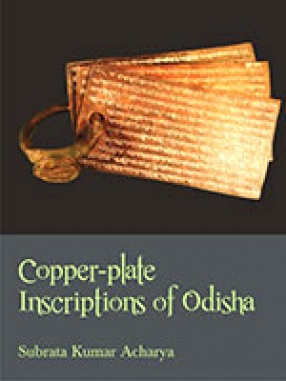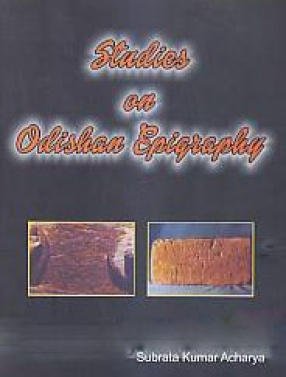A Corpus of Oriya Inscriptions
Contents: Preface. 1. Mapping the tragectory of a vernacular in the orthography of the classical: the early medieval Oriya experience. 2. Kings, ideologies and regional consciousness: the medieval Oriya experience. 3. Inscriptions of the time of the imperial Gangas. 4. Oriya inscriptions of the Suryavamsi Gajapatis and their successors upto 1568. 5. Oriya stone inscriptions of Post-1568 period. 6. Copper plate inscriptions of Post-1568 period. Appendices. Select Bibliography. Index.
Oriya is billed as the first language of the Indo-Aryan linguistic group to get the classical language status. It is of high antiquity and has a literary tradition of more than 1500 years. The epigraphical sources are singularly important to chart the journey of this vernacular. More than 200 inscriptions belonging to the period from the 11 century to the 19th century have been incorporated in this corpus. Adequate care has been given to re-read and re-interpret the inscriptions.
The orthographical peculiarities of the inscriptions of the early medieval period suggested how the vernacular speech form was consciously or unconsciously entering the written medium especially in the documentary sections of the official charters written in Sanskrit. This phenomenon was common to South Asian and to be more particular to south Indian vernacular transformations. The book further unfolds adequate reasons for the germination of community identity and regional consciousness among the Oriya literati. It has been clearly demonstrated that the cultural boundary was different from the political boundary. The former had distinct symbols in terms of language, script, race, community, religious beliefs, and traditions. This fostered among the people living within the boundary a sense of commonality in expression and identity. The present narrative further establishes that language as an identity marker was not necessarily a development of the colonial period as has been maintained so far, rather its genesis can be pushed to the medieval period.
The comprehensive nature of the work will fill the gap and will be useful to scholars as an indispensable source book for working on linguistics, history, culture, origin and development of Oriya, as well as vernacular development in South Asia.
Get it now and save 10%
BECOME A MEMBER











Bibliographic information